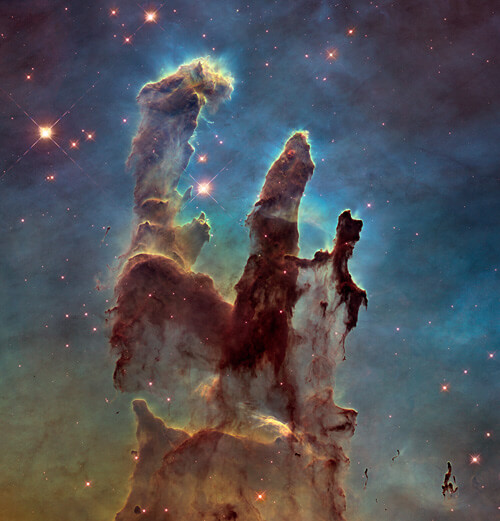
|
|
|
|
|
|
3000 AD
Purely biological humans are typically 7ft tall now, with lifespans of 120+*
For centuries now, the technological singularity has produced enormous wealth and prosperity throughout the solar system. Across-the-board improvements in healthcare, education and living standards have led to humans evolving into a race of giants – 7ft tall, muscular and highly athletic, with lifespans of 120+. Note that this lifespan refers to purely biological (non-cyborg) humans, who comprise a small minority by now. The vast majority of citizens have opted for genetic engineering and biotechnology upgrades that offer practical immortality.
The Pillars of Creation are no longer visible from Earth
The Pillars of Creation were vast, towering formations of interstellar gas and dust – part of the Eagle Nebula – located around 7,000 light years away from Earth. They became famous in the late 20th century when the Hubble Space Telescope observed them in detail for the first time, showing a trio of dramatic and eerily beautiful structures. These pillars, the tallest being seven light years in height, functioned as "stellar nurseries" for newly-born stars.
Later observations in the infrared part of the light spectrum revealed a nearby cloud of hot dust, believed to be a shock wave produced by a supernova. This was gradually destroying the pillars and blowing away their contents.* The appearance and movement of the cloud suggested that it would have destroyed the pillars about 6,000 years previously, in 4000 BC. However, given the finite speed of light – and the distance of 7,000 light years to the Pillars of Creation – it would take until the year 3000 AD for this destruction to be visible from Earth.*
Click to enlarge
3100 AD
Humanity is becoming a Type 2 civilisation on the Kardashev scale
The ongoing growth of AI has allowed the manipulation of matter on scales barely dreamed of before. The largest structure now being constructed in space is a Dyson Sphere.* This hollow shell is of such gargantuan proportions that it fully encloses the Sun, capturing all of its solar energy output.
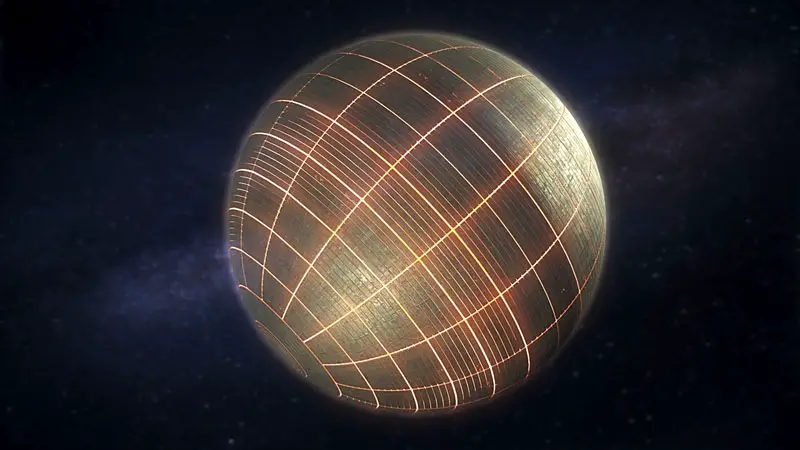
© Ashkan Ghaffari | Dreamstime.com
Under the direction of a Godlike superintelligence, vast swarms of automated, self-replicating ships are building it, using material from various asteroid fields and regions further beyond such as the Kuiper Belt and Oort Cloud. The sphere can harvest some 386 yottajoules (YJ) per second.*
The interior walls have a gravitational field of 1G and are made from wholly new states of matter that were unknown to science in previous centuries. These can withstand the colossal tensile forces required to maintain structural integrity. This curved, impossibly large surface – equivalent to many millions of planet Earths – is becoming a habitat for many sentient lifeforms, with portions being terraformed and given stable atmospheres, oceans and landmasses. A sizeable percentage of citizens are now migrating to these strange artificial worlds. This includes a diverse mix of biological humans, as well as transhumans, synthetics, clones, androids, sentient animals and other communities. A series of additional Dyson Spheres are being constructed around neighbouring star systems – some even larger.
Having begun its journey to the stars in the 22nd century, humanity is reaching a landmark in its exploration of space. A region nearly 1,000 light years in radius has now been settled (or about 2 percent of the total length of our galaxy).
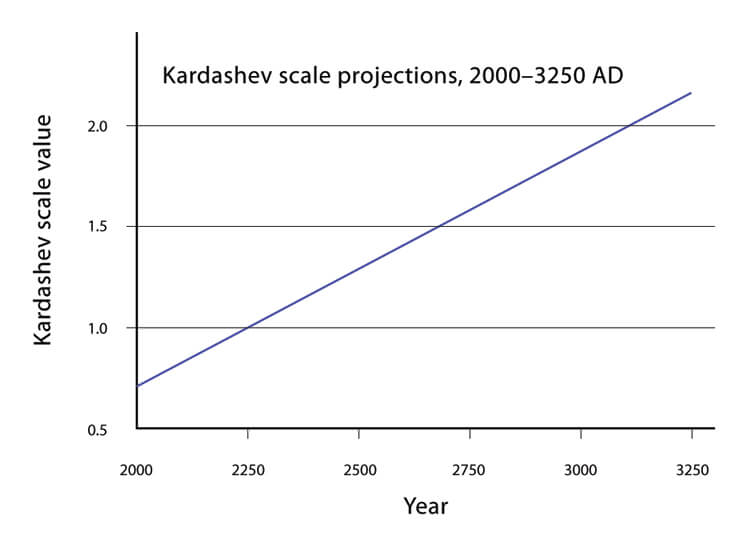
3500 AD
Polar reversal of the Earth
Polar reversals have occurred many times before in Earth's history - typically every 300,000 years. The last time was around 780,000 BC. This means the planet is long overdue for such an event.
From 1900 onwards, the intensity of Earth's magnetic field was known to be declining by six percent each century. By 3500, the poles are beginning to completely reverse.*
Charged particles from the Sun affect satellites and other near-Earth vessels which lack adequate protection. However, plants and animals on Earth are unaffected. During the reversal, the solar wind induces a sufficient magnetic field in the ionosphere, temporarily shielding the surface in the absence of the normal magnetic field.*
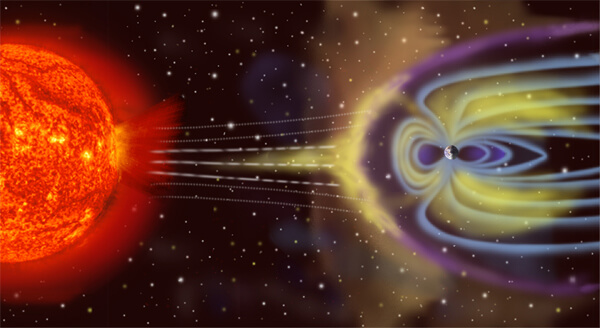
The Grand Unification Energy is witnessed
The first particle accelerators were small, terrestrial-based devices. In the early 21st century, they resulted in energies of only a few tera-electronvolts. By the middle of the 4th millenium, however, an accelerator covering the entire perimeter of our Solar System has been built. This becomes the single largest experiment in history – powerful enough to accelerate particles to a state known as the Grand Unification Energy, allowing the very earliest moments of the Universe to be simulated. The electromagnetic, weak and strong nuclear force (three of the four fundamental forces) are viewed for the first time at precisely the same strength: becoming effectively different aspects of a single force. Quarks and electrons, too, become the same, achieving another unification.*

3900 AD
The Sun has exited the Local Interstellar Cloud
The Local Interstellar Cloud (LIC) is a region of the interstellar medium, about 30 light years across, through which our Sun has been moving. The LIC is primarily composed of ionised hydrogen (H II) and neutral hydrogen (H I), along with traces of helium and other elements.
The Sun first entered the LIC around the 8th millennium BC, its solar winds carving out a vast bubble, marking the outer edges of our Solar System. As it passed through at 26 km/s, a long teardrop-shaped heliotail followed in the Sun's wake. During the modern era, it began entering a transition zone between the LIC and neighbouring G Clouds.
By 3900 AD, our Sun has completely exited the LIC* and is entering the G Clouds. While the LIC's density is 300,000 atoms per cubic metre, the G Clouds are significantly more diffuse, at less than 100,000 atoms per cubic metre. However, the G-Clouds are much larger in spatial extent, forming a region several hundred light years across.
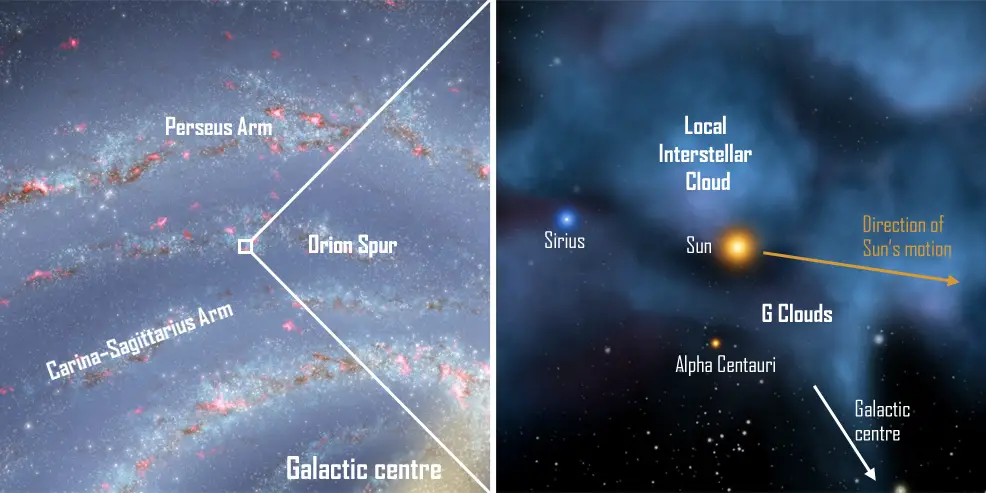
4000 AD
Computer science is reaching its ultimate potential
The biological and technological descendants of humanity are attaining the perfection of computer science. Millennia of both theoretical and practical testing means that all of the knowledge required for every permutation of hardware and software is now available. New applications can be instantly created in real-time and with zero errors. From this point onwards, computer science becomes obsolete as a field of study – the only "unknowns" left for researchers to discover will be in other areas of science.*
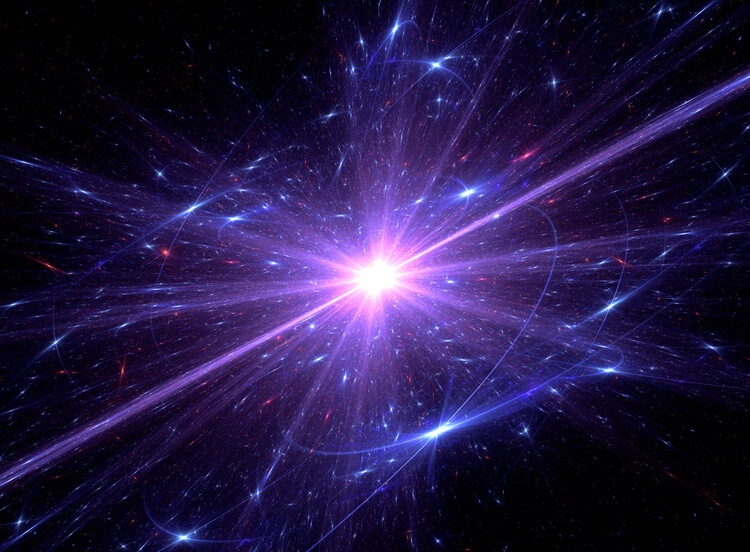
8113 AD
The Crypt of Civilization time capsule is opened
The Crypt of Civilization is the oldest millennial time capsule in the world. Curated between 1937 and 1940, it had a volume of 2,000 cubic feet (57 m3) and contained thousands of objects, also making it the largest room of its kind at that time.
Professor Thornwell Jacobs, the initiator of the project, felt inspired by the opening of the Egyptian pyramids and wanted to create a repository of everyday objects from the 1930s, alongside a record of human knowledge. He calculated that 6,177 years had passed since the start of the Egyptian calendar and proposed the creation of a modern archive to be opened in 8113 AD, following another 6,177 years.*
Architects took what had been a swimming pool and modified it to create an impenetrable airtight chamber of 6.1 x 3 x 3 metres (20 x 10 x 10 ft), sitting on a bedrock floor and with a 7 ft (2.1 m) thick stone roof. They lined each wall with plates of enamel, secured in place with pitch. A stainless steel doorway was welded permanently closed after the oxygen had been removed and replaced with inert nitrogen.
Notable items placed within the room included microfilm copies of important documents, books, photographs, recordings of music and speeches, examples of technology and scientific instruments, artistic works, and various everyday objects such as clothing, tools, and household items. This collection aimed to provide future generations with a comprehensive snapshot of life and culture during the time of its sealing. The Crypt inspired the creation of many other time capsules around the world.
Journalist and historian Frank G. Menke asked movie star and singer Bing Crosby to be Master of Ceremonies at the eventual reopening. Crosby responded to this by saying he would be glad to do that, as long as his filming schedule at the time would allow it.
Centuries and millennia passed, with humanity and the world going through profound changes. Throughout this time, the Crypt remained safely sealed and preserved in exactly the same condition as the day its creators left it – 28th May 1940.*
Today is now equivalent to the year 8113, although the Gregorian calendar has long since been abandoned in favour of a new system. Advanced lifeforms, descended from the hybrid human-AI mergers of past millennia, have been instructed to open a room within the archived remains of Oglethorpe University, located in a region that used to be known as Georgia, United States.
No cutting tools or machinery of any kind are required. These beings can simply direct their gaze at the large steel door, gently willing its atoms to move apart with an invisible force.
The objects inside are primitive, arousing curiosity and a deep sense of the passage of time. Each artefact is made to levitate through the air, so it can be removed in perfect condition and taken away for analysis. The ancient "English" language, which fell out of use during the third millennium, is deciphered and the room's contents are placed in a more permanent archive, alongside objects from many other time capsules of the past. These items are now viewable by visitors from around the galaxy.

Credit: Ogelthorpe University
8703 AD
The return of Comet NEOWISE
Comet NEOWISE first came to the world's attention in the year 2020 when astronomers using the Wide-field Infrared Survey Explorer (WISE) space telescope observed its approach towards the inner Solar System. Three months after its official discovery, the object had become visible to the naked eye as one of the brightest comets in the northern hemisphere since Hale–Bopp in 1997.
The Planetary Science Institute in Arizona, USA, confirmed a sodium tail – observed only in very bright comets. It had also developed a second tail. From the infrared signature, astronomers estimated the diameter of the comet nucleus to be approximately 5 km (3 mi).
NEOWISE made its closest approach to Earth on 23rd July 2020, at a distance of 0.69 AU (103 million km; or 64 million mi) while located in the constellation of Ursa Major. At this point, its trajectory placed it above the plane of the ecliptic (the flat, imaginary "disk" on which planets and the Sun sit). The comet passed over the orbits of Mercury, Venus and Earth, before dropping down below the plane of the ecliptic between Mars and Jupiter. A long period comet with a highly eccentric orbit, its return period had been calculated at 6,683 years – meaning the next perihelion would not occur until the year 8703.*

Credit: NASA
« 2999 |
⇡ Back to top ⇡ |
10000 » |
If you enjoy our content, please consider sharing it:
References
1 Human
species 'may split in two', BBC.co.uk:
http://news.bbc.co.uk/1/hi/uk/6057734.stm
Accessed 28th Dec 2008.
2 Famous Space Pillars Feel the Heat of Star's Explosion, NASA Jet Propulsion Laboratory – Spitzer Space Telescope:
http://www.spitzer.caltech.edu/news/249-ssc2007-01-Famous-Space-Pillars-Feel-the-Heat-of-Star-s-Explosion
Accessed 13th April 2015.
3 It may sound incredible but the Pillars of Creation don't exist anymore, Sploid/Gizmodo:
http://sploid.gizmodo.com/it-sounds-incredible-but-the-pillars-of-creation-dont-e-1677857108
Accessed 13th April 2015.
4 Dyson
Sphere , Wikipedia:
http://en.wikipedia.org/wiki/Dyson_sphere
Accessed 25th November 2009.
5 Orders
of magnitude (energy), Wikipedia:
http://en.wikipedia.org/wiki/Orders_of_magnitude_%28energy%29#1024_and_above
Accessed 25th November 2009.
6 Extrapolating
the current trend to the future suggests that the field intensity will
reach zero in approximately 1500 years (ie. the poles will reverse).
See Geomagnetism (page 15), Brock University, Canada:
http://spartan.ac.brocku.ca/~rcheel/teaching/1F90/Fall-Winter2009-10/PDF/Geomagnetism.pdf
Accessed 8th May 2010.
7 Solar
wind induced magnetic field around the unmagnetized Earth, Astronomy
& Astrophysics:
https://www.aanda.org/articles/aa/abs/2004/23/aagb091/aagb091.html
Accessed 21st February 2018.
8 A
Brief History of Time, by Stephen Hawking
http://www.hawking.org.uk/a-brief-history-of-time.html
Accessed 9th Dec 2008.
9 Interstellar Probe: Humanity's exploration of the Galaxy Begins, Science Direct:
https://www.sciencedirect.com/science/article/pii/S0094576522003484
Accessed 19th May 2023.
10 While some computer industry observers might assume that computer
science has already reached its pinnacle, Tennenhouse said he calculated
that only 2 percent of the potential of computer science has been realized
to date.
"At
the current rate of progress it will take another 2000 years to figure
out the rest."
See DOD Scientist: Lose the Humans, Wired:
http://www.wired.com/science/discoveries/news/1999/08/21354
Accessed 12th February 2010.
11 They're WAITING OVER 6000 YEARS to OPEN this! The Crypt of Civilization, YouTube:
https://www.youtube.com/watch?v=rfULY71oITk
Accessed 22nd May 2023.
12 Thornwell Jacobs: The Father of the Modern Time Capsule, Oglethorpe University:
https://crypt.oglethorpe.edu/history/
Accessed 22nd May 2023.
13 C/2020 F3 (NEOWISE), JPL Small-Body Database Browser:
https://ssd.jpl.nasa.gov/sbdb.cgi?sstr=1003667&orb=1#orb
Accessed 25th July 2020.
